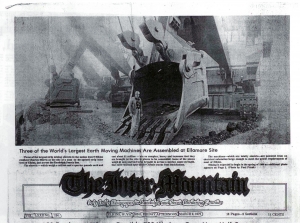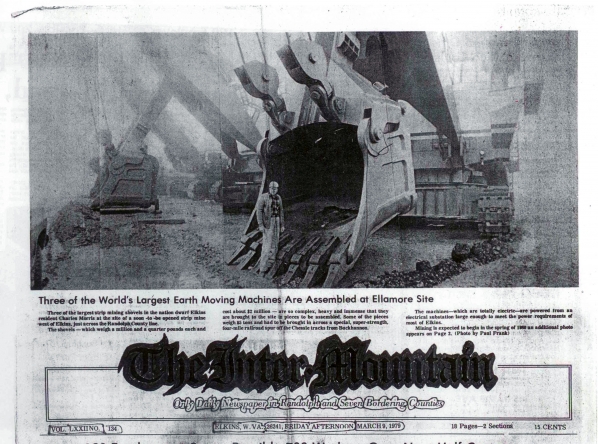The Appalachian Land Ownership Task Force initiated the Appalachian Land Ownership Survey in Fall 1978 to examine land ownership patterns, particularly absentee and corporate ownership, and determine how they effected regional development. The Appalachian Land Ownership Task Force was a coalition of community groups, scholars and individuals associated with the Appalachian Alliance, which served as an umbrella group for many community-based groups. The Appalachian Land Ownership Survey was funded in part by an Appalachian Regional Commission grant and a Needmor Grant. The Highlander Research and Education Center organized the project, and Appalachian State University was a primary sponsoring institution and handled administrative and fiscal details. Scholars working on the Appalachian Land Ownership Survey included Patricia Beaver, John Gaventa, and Bill Horton.
The Appalachian Land Ownership Task Force studied 80 counties within the Appalachian counties of Alabama, Kentucky, North Carolina, Tennessee, Virginia and West Virginia. Beginning in the spring of 1979, the task force created working groups for each of these six states and chose counties for particular concentration. Within these counties, volunteer and paid researchers examined land deeds of plots with 250 acres or more. Researchers noted the amount of land and mineral tax rates as well as other characteristics such as agricultural or industrial usage and absentee, corporate, federal, or local ownership. They also included over 100 socio-economic indicators to correlate indicators to various ownership patterns. Nineteen counties were used as detailed case studies. Research gathered by the task force members was used in the development of two interlinking projects, the seven volume, 1,800 page study Land Ownership Patterns and Their Impacts on Appalachian Communities and Who Owns Appalachia?
Newsclipping and text from AC.104: Appalachian Land Ownership Task Force Records.

